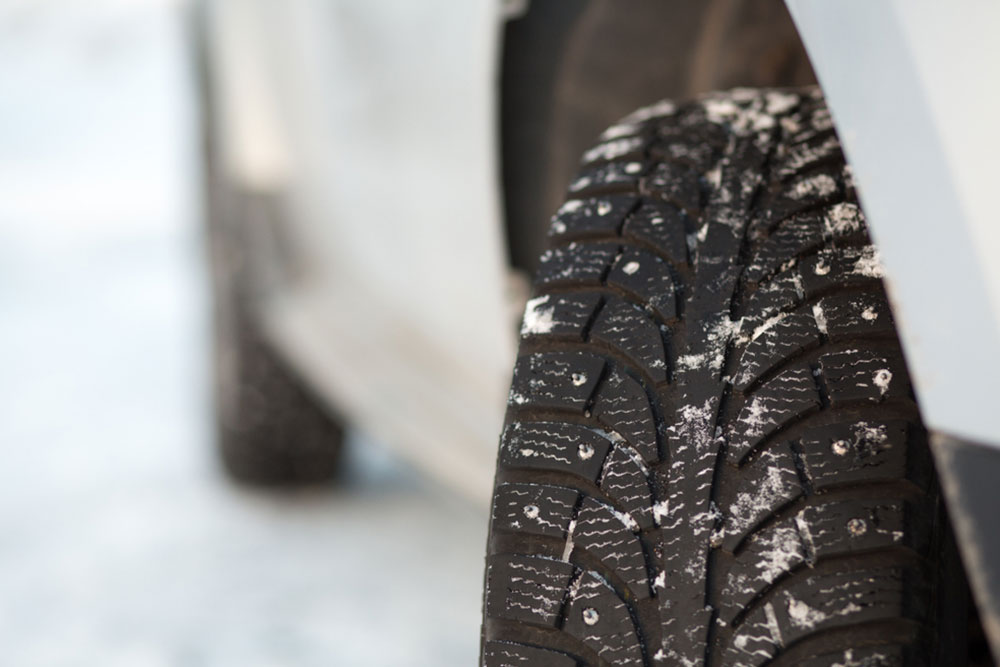Comprehensive Guide to Choosing the Perfect Winter Tires for Your Vehicle
This detailed guide provides essential tips for selecting the most suitable winter tires, emphasizing safety, durability, and performance. From tread design to certification standards, it helps drivers make informed decisions to navigate winter roads confidently. Proper tire choice enhances traction on icy, snowy, and slushy surfaces, ensuring safer driving during harsh winter conditions. Learn what to look for before purchasing winter tires, how to assess your driving needs, and why replacing all four tires simultaneously is crucial for optimal vehicle handling and safety during winter months.

Comprehensive Guide to Choosing the Perfect Winter Tires for Your Vehicle
As winter approaches, ensuring your vehicle is equipped with the right tires is crucial for safety and performance. Winter tires are specifically engineered to handle frigid temperatures and challenging snowy or icy roads, providing better traction and control than regular all-season tires. However, selecting the most suitable winter tires can seem overwhelming given the multitude of options available in the market. This comprehensive guide aims to provide you with essential tips and insights to help you make an informed decision when buying winter tires, ensuring optimal safety and reliability during harsh winter conditions.
Understanding the importance of winter tires begins with knowing what sets them apart from standard tires. They feature specialized rubber compounds formulated to stay flexible in extreme cold, allowing for enhanced grip on icy surfaces. Typical tires may harden and lose traction in freezing temperatures, increasing the risk of accidents. Winter tires are designed to mitigate this issue by maintaining their pliability even at temperatures as low as -30°C, thereby improving braking distances, handling, and overall safety during winter months.
One of the most critical factors in selecting effective winter tires is examining their tread design. The tread pattern directly influences how well the tires can bite into snow, ice, and slush. Aggressive, deep-tread designs with numerous biting edges help to channel snow and water away, preventing hydroplaning and maintaining traction. Narrower tire widths are generally more effective in icy conditions because they concentrate the vehicle's weight on a smaller contact patch, increasing grip. Conversely, wider tires provide better flotation on snow but may be less effective on ice, so it’s important to match your tire choice to your specific winter driving needs.
Further, the tire’s rubber compound plays a significant role. High-quality winter tires incorporate silica-enhanced compounds that retain flexibility at low temperatures. This flexibility allows the tire to maintain contact with the road, improving traction and braking performance. When shopping for winter tires, look for brands that use advanced rubber formulations and check for certifications such as the Three-Peak Mountain Snowflake (3PMSF) symbol, which indicates that the tire meets rigorous winter performance standards established by industry authorities.
Before making a purchase, consider the following essential tips to select the most appropriate winter tires for your vehicle and driving conditions:
1. Look for Industry Certifications and Labels
The most reliable winter tires display recognized safety and performance certifications. The Three-Peak Mountain Snowflake (3PMSF) symbol is an industry-standard mark indicating the tire’s compliance with severe snow traction requirements. Differences in labeling across brands may exist, but prioritizing tires with official certification guarantees they meet established standards for winter use.
2. Timing Is Everything
It is advisable to install winter tires when ambient temperatures consistently drop below 7°C (45°F), even if snow has not yet fallen. At this temperature, all-season tires start to harden and lose grip, whereas winter tires remain flexible and ready to provide superior traction. Replacing tires early ensures you're prepared before the icy road conditions fully develop.
3. Assess Your Typical Driving Conditions
Understanding your local winter climate is vital. If you frequently drive on packed snow or icy roads, opt for tires designed explicitly for such surfaces. Snow tires with deeper treads and enhanced siping provide better lock-in on heavy snow, while tires with directional or asymmetric patterns help in slush and icy conditions. For milder winter climates with occasional snow, a quality all-weather tire might suffice, but for severe winters, dedicated snow and ice tires are recommended.
4. Select the Right Tread Pattern and Width
Choosing between narrow and wide tires depends on road conditions. Narrow tires improve grip on icy patches because they exert more pressure on the road surface. Aggressive, multi-segmented tread patterns are designed to penetrate snow and clear away slush, providing better stability. Wider tires can offer increased stability on cleared roads but may struggle in deep snow or ice. Consider your typical winter driving terrain before making a decision.
5. Match Tires to Your Vehicle’s Specifications
Vehicle type influences tire selection. For example, light trucks, SUVs, and sedans may require different winter tires for optimal performance. Ensure that the tires you select are compatible with your vehicle's size, load capacity, and speed rating. Ligth vehicles or those with all-wheel drive systems benefit greatly from specific winter tire choices tailored to their design.
6. Replace All Four Tires Simultaneously
For balanced handling and consistent performance, always replace all four tires at once. Mixing new and old tires, or tires with different tread depths and types, can compromise vehicle stability, especially on icy or snow-covered roads. Proper installation and alignment are crucial to maximize the benefits of your new winter tires and ensure safety throughout the season.
7. Consider Durability and Warranty
Winter tires tend to wear faster than standard tires due to their softer rubber compounds and aggressive tread patterns. Typically, they last around 6,000 to 8,000 miles per season, depending on driving habits and road conditions. When selecting tires, check for manufacturer warranties that cover tread life and potential defects. Investing in high-quality tires with robust warranties ensures longevity and peace of mind during harsh winter months.
In conclusion, choosing the right winter tires requires careful consideration of various factors including certification, tread design, rubber composition, and compatibility with your vehicle and local climate. By following these comprehensive tips, drivers can enhance safety, improve handling, and enjoy a more confident driving experience throughout winter. Remember, proactive tire replacement and proper maintenance are key to navigating winter roads safely and effectively. Investing in quality winter tires is an investment in safety and peace of mind during the coldest months of the year.





